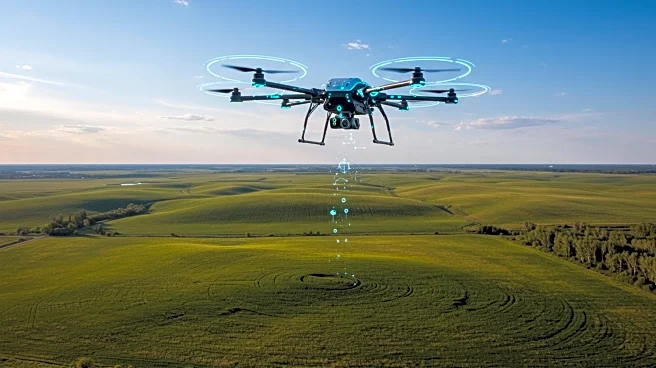Rapid Read • 6 min read
A new deep learning-based steganography model has been developed to improve security in medical image processing. The model uses a hybrid encoder-decoder architecture with Squeeze-and-Excitation (SE) blocks, dilated convolutions, and Inception modules to embed secret medical images within natural cover images. The system aims to provide high-fidelity reconstruction and robust embedding, ensuring minimal perceptual distortion. Experiments conducted on diverse datasets, including MRI brain scans and Optical Coherence Tomography (OCT) eye images, demonstrate the model's effectiveness in maintaining image quality and structural integrity.
AD
This advancement in steganography technology is significant for the medical imaging industry, where data security and image fidelity are paramount. By embedding medical images securely, the model protects sensitive information from unauthorized access while preserving the quality necessary for accurate diagnosis. The use of deep learning techniques enhances the robustness and efficiency of the embedding process, potentially transforming how medical data is handled and shared. This could lead to improved telemedicine applications and secure data transmission in healthcare settings.
The development of this steganography model also raises ethical and legal considerations regarding data privacy and security in medical imaging. As technology evolves, ensuring compliance with regulations and maintaining patient confidentiality will be crucial. The model's deployment on platforms like NVIDIA Jetson TX2 highlights the potential for real-time processing in mobile and low-resource environments, expanding access to secure medical imaging solutions.
AD
More Stories You Might Enjoy











